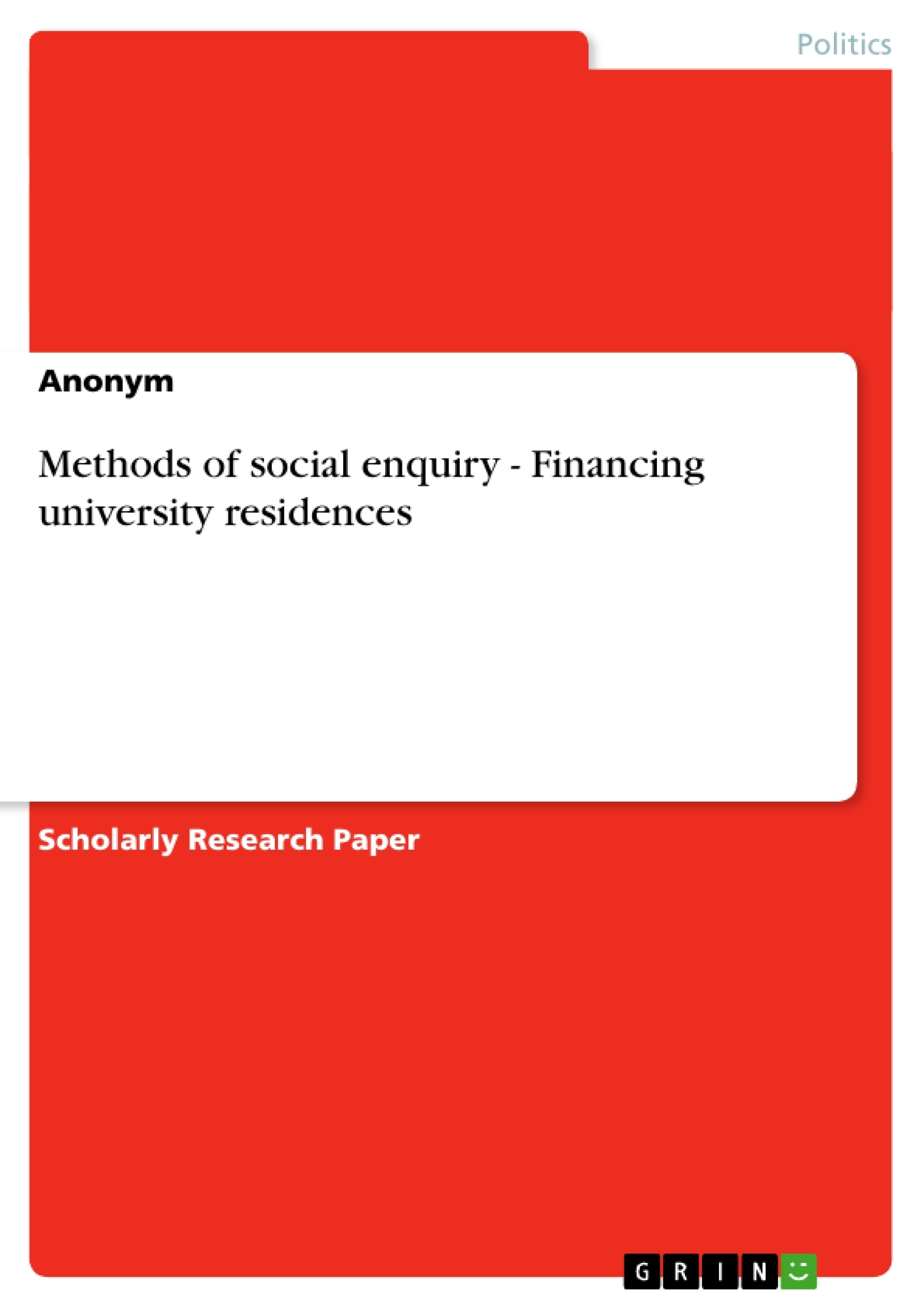Student life is a very social time and especially living on campus is a good way to meet a lot of people. Unfortunately, being social also means to spend a lot of money on social activities. Meeting friends for a drink or a meal, going clubbing, or going to the cinema are only the most common activities students like to do and should do in order to balance their studies with their social life. However, finances can become an issue, especially for international students coming from countries outside of the EU and the EEA, who have to pay international tuition fees. These fees are more than twice as much as the home fees that UK and EU/EEA students have to pay. Then there is accommodation and other living expenses which are often higher than in the international students` home countries. For several reasons it might be easier for these international students, to opt for university accommodation on campus. It can be easily booked from overseas without having mixed feelings about not having seen the place or having to deal with difficult landlords and complicated UK tenancy regulations. International students are eligible for university accommodation and they are even guaranteed a space. Furthermore, they will easily get into touch with other international students in university accommodation and they will have all university facilities readily available. However, university accommodation might in some cases be more expensive than other accommodation types. Most of all, living in the UK is very pricy since the Sterling is a strong currency and hence international students get less value for their money due to the exchange rate. For all the above reasons, this paper will look at the financial issues concerning students in university accommodation. Mainly it will explore the students` evaluation of the rent they are paying for their rooms.
Inhaltsverzeichnis (Table of Contents)
- Introduction
- Hypothesis
- Findings and Discussion
- Conclusion
- Appendices
Zielsetzung und Themenschwerpunkte (Objectives and Key Themes)
This paper examines the financial issues concerning students residing in university accommodation. The primary focus is on understanding students' perceptions of the fairness of rent prices for their rooms. It investigates the differences in rent evaluation between international and home/EU students, considering their different financial statuses and funding sources.
- Fairness of rent prices for university accommodation
- Differences in rent evaluation between international and home/EU students
- Impact of funding sources on rent evaluation
- The role of tuition fees and living expenses in students' financial situations
- Comparison of accommodation costs and living expenses in different countries
Zusammenfassung der Kapitel (Chapter Summaries)
- Introduction: This section provides an overview of the financial challenges faced by international students, particularly in relation to university accommodation. It highlights the factors that contribute to their financial pressures, such as high tuition fees, living expenses, and the need for secure housing.
- Hypothesis: This section outlines the research hypothesis, which posits that international students are more likely to perceive university rent as unfair compared to home/EU students. It also explores the potential reasons behind this difference, attributing it to factors such as funding sources, tuition fees, and overall cost of living.
- Findings and Discussion: This section presents data and findings from the research, comparing the proportion of home/EU and international students living in university residences. It also analyzes the relationship between student status (undergraduate vs. postgraduate) and residence occupancy.
Schlüsselwörter (Keywords)
The paper focuses on key concepts including university accommodation, rent fairness, financial pressures, international students, home/EU students, funding sources, tuition fees, living expenses, and cost of living comparisons. It examines the relationship between these factors and the evaluation of rent prices for students living in university residences.
- Quote paper
- Anonym (Author), 2007, Methods of social enquiry - Financing university residences, Munich, GRIN Verlag, https://www.grin.com/document/78215



